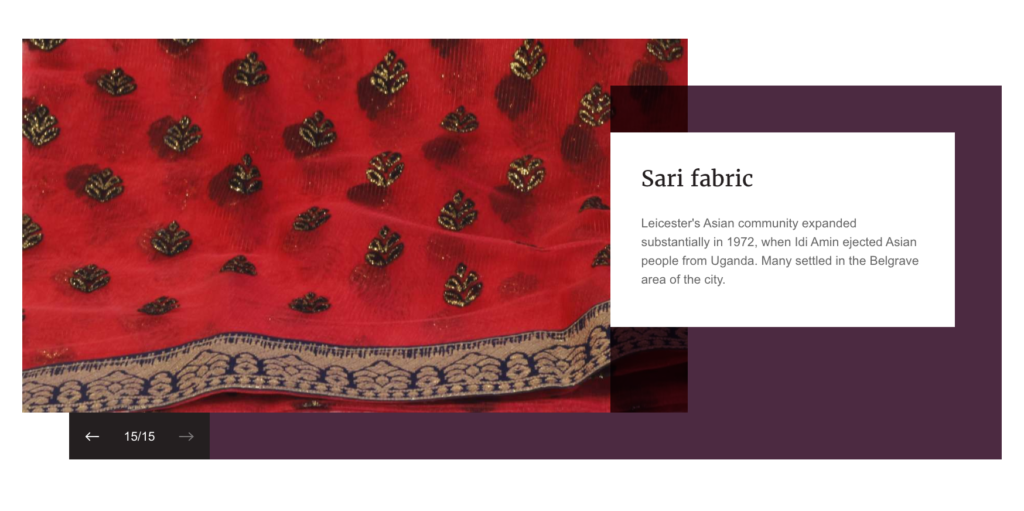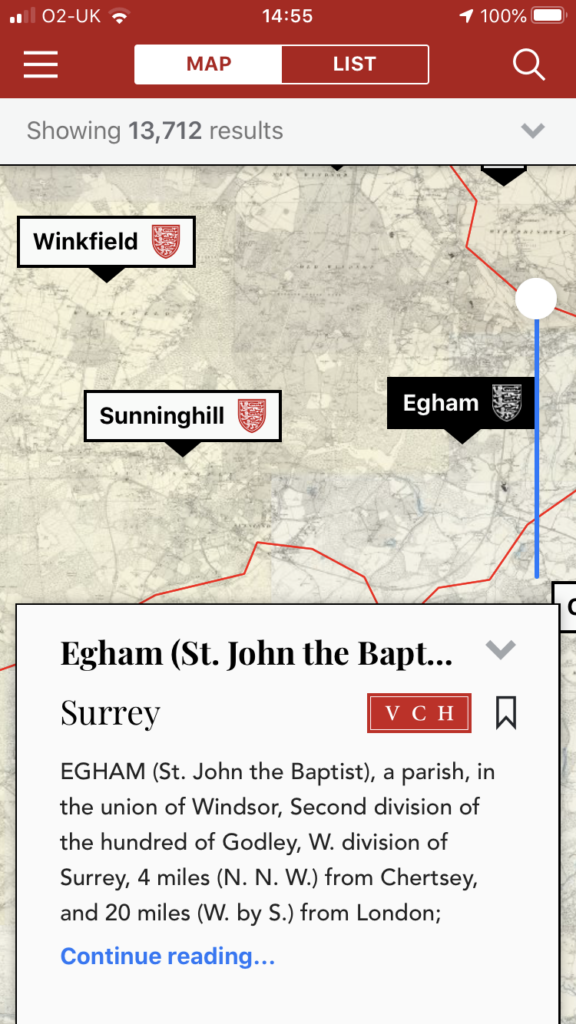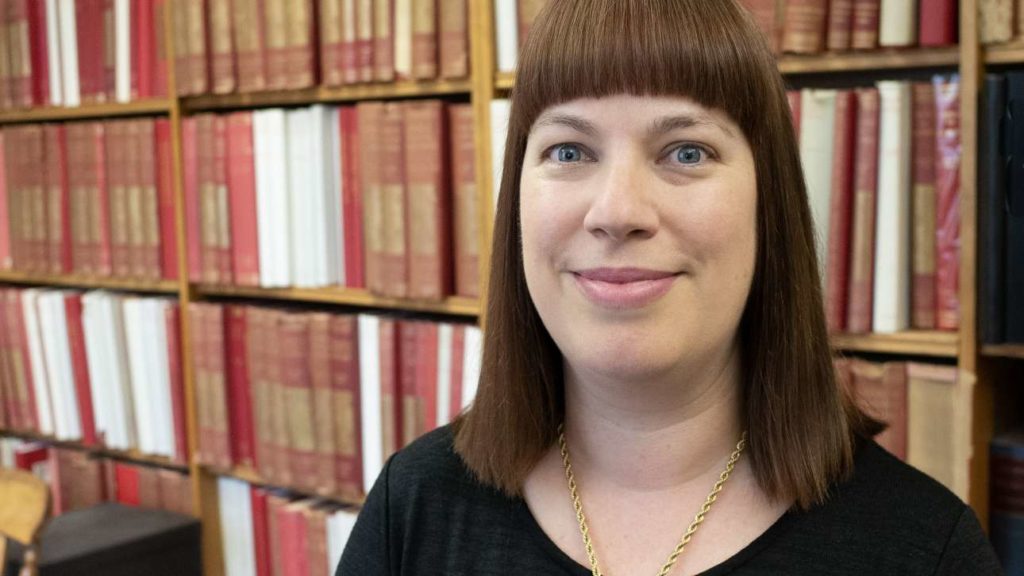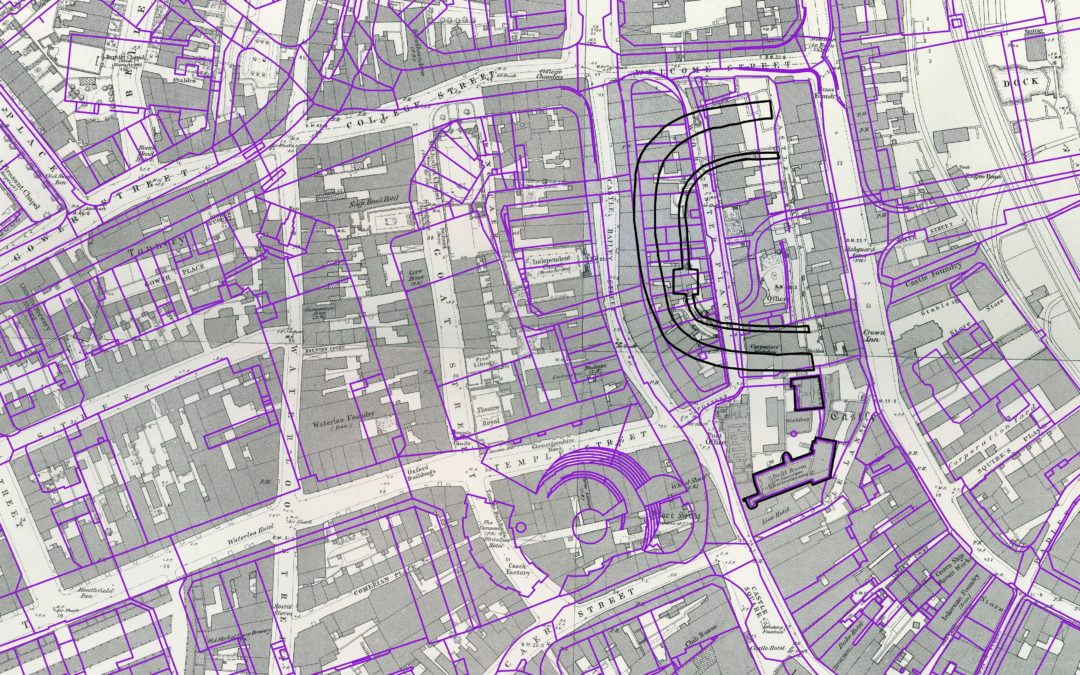By Catherine Clarke
Earlier this month the IHR launched its Mission and Strategy, 2020-25 which was introduced in a blog post by the Institute’s director, Professor Jo Fox.
In this follow-on series of essays we look in more detail at key elements of the Institute’s work for the coming years. This week: the Centre for the History of People, Place and Community.

As we launch the IHR Strategy, 2020-2025, this is an exciting moment to look at the place of the new Centre for the History of People, Place and Community within the Institute’s plans, and how the Centre will contribute to the IHR’s mission and activities.
Launched in 2019, the Centre builds on the IHR’s long-standing expertise in local history, and in urban and metropolitan history. We aim to foster engaged, innovative research into placed histories across all regions and periods, from the rural to the urban and the parish to the metropolis, with an emphasis on the localised, the micro-historical, and the site-specific.
And the Centre is right at the heart of the IHR’s mission to support and enable historians, wherever they’re to be found. Our aim in the Centre is to promote inclusive, imaginative approaches to making history, bringing together academics, heritage professionals, community groups, creative practitioners, and all those interested in places and their stories. Projects within the Centre range from the Victoria County History, founded in 1899, to the pioneering Layers of London crowdsourced digital history project, supported by the National Lottery Heritage Fund.

Since our launch in September 2019, we have some great achievements under our belt already, thanks to the efforts of the brilliant Centre team here in the IHR, and partners and collaborators across the UK.
We have an Advisory Board which makes real a statement about the Centre’s outward-looking focus, with senior representatives from the National Trust, Historic England, the City of London Corporation and elsewhere, as well as senior academics, and three early-career members doing really cutting edge, transformative, engaged work in this area.
We’ve launched our programme of events, ranging from traditional academic seminars to ‘In Conversation’ events and, recently, a Creative Mapping Workshop. We’re developing a MOOC – a Massive Open Online Course – on ‘Applied Public History: Places, People Stories’. It’s been great to bring together so many of the IHR’s friends and collaborators to work on the course, and we hope it will help us build an online community of public history practitioners across the UK and beyond.
The Centre has exciting plans in place for the coming year and beyond, including a new peer-reviewed multimedia digital journal, which will provide a space for experimentation, innovation and open-ended dialogue between academics, practitioners and professionals working in all aspects of the history of people, place and community.
The importance of engaged, inclusive history is threaded through all aspects of the new IHR strategy. And two current projects in the Centre really tell the story of how the IHR is supporting and developing that.

First, the fantastic Layers of London project is getting people involved right across London and far beyond, with brilliant opportunities for research co-creation – whether that’s crowdsourced georeferencing of historic map layers, or adding curated collections on anything from London pubs to schools to Greek restaurants – even a collection on ventilation shafts, in partnership with Our Hut UK, called ‘Inventive Vents’. There are currently 83,000 people using Layers of London, and nearly 2000 contributors, helping to create this unique archive that really represents the rich, diverse histories of the city.
Then there’s the Victoria County History of England, that venerable, ongoing project which aims to write the history of every place in England. The VCH has celebrated its 120th birthday this year, and that’s been a fantastic opportunity for us to think about what this long-running, important scholarly project means within the context of the new IHR strategy and its home within the new Centre.

So, we’ve been creative: taking inspiration from the iconic ‘Red Books’ of VCH history, we’ve sent a Red Box to each of the active VCH counties, asking local participants to fill it with objects which tell the history of their places in surprising, personal and quirky ways. You can visit the exhibition at the IHR until March 2020, or in the permanent online gallery on the IHR website: Civil War musket balls from Hampshire, Tiptree jam from Essex, colourful sari fabric from Leicestershire, and a model of a miner carved in coal from Durham. You can also watch a short film of the exhibition launch here, featuring staff from the Centre as well as partners and volunteers from across the country.
We’ve also just launched our VCH smartphone app – a hugely exciting new way of presenting VCH histories, linked to interactive maps, so users can have the history of English places at their fingertips when they’re out and about. Increasingly, as a project involving volunteers and local community groups alongside professional researchers, the VCH is an exciting model of the research co-creation the IHR strategy is seeking to foster and support.

So, the Centre for the History of People, Place and Community is working together with others to develop imaginative new approaches to making history, and to make a difference in the real world today. The new IHR strategy maps out exciting directions for the Centre over the next five years, and we hope you’ll get involved in our events, activities and projects.

Professor Catherine Clarke is Director of the Centre for the History of People, Place and Community at the IHR, and Professor of History at the University of London.
Previous posts in this series:
- The IHR’s Mission and Strategy, 2020-2025 (Jo Fox)
- The IHR’s Strategy, 2020-25: 1. Digital History (Philip Carter)

